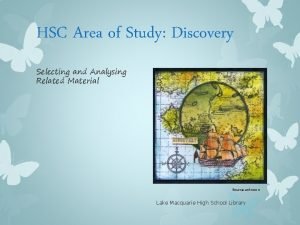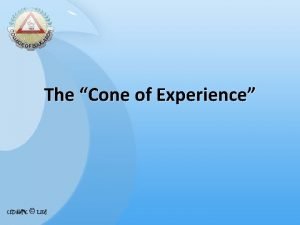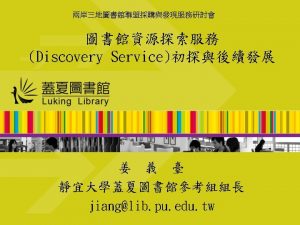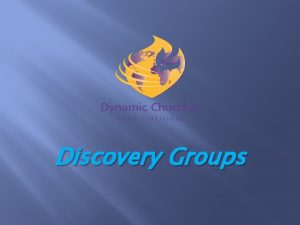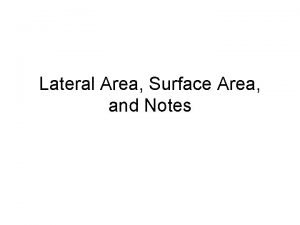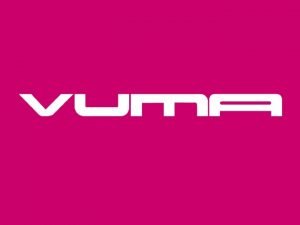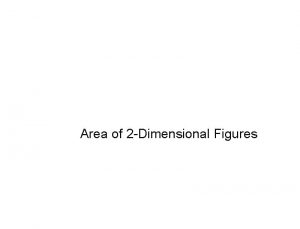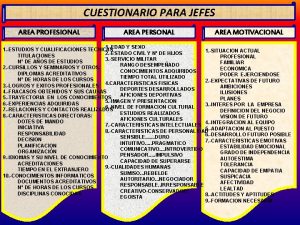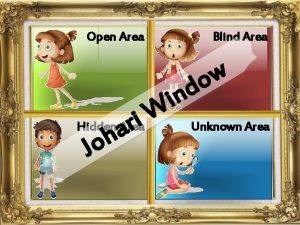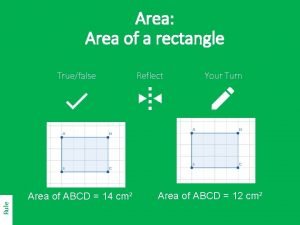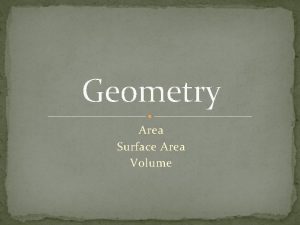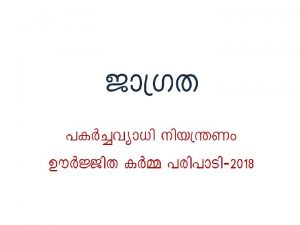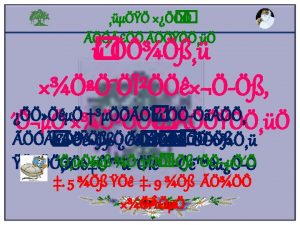Discovery Area of Study The Experience of Discovery

















- Slides: 17

Discovery Area of Study

The Experience of Discovery for First Peoples (globally) l http: //diylol. com/meme-generator/dont-likeimmigration/memes/dont-like-immigrationwhen-you-leavin How might this reflection shape the ways students and teachers see the potential of a broad range of texts produced by Aboriginal and Torres Strait Islander peoples as related texts?

The teacher’s role l “The art of teaching is the art of assisting discovery. ”- Mark Van Doren http: //www. librarianimage. net/img 07/search_engine_web. jpg

Discovery is metaphor l Etymology: discover l discovrir (Old French): to unroof or unveil l Image: http: //onsophiastreet. com/2013/08/29/unv eiling/

The complexity of defining Discovery (semantic exploration) l Discovery: an act or the process of finding somebody/something, or learning about something that was not known about before l Discovery as a person or a process in a legal trial

Rubric for Area of Study: the new Discovery rubric gently reminds us of its nature l l Higher order thinking: the Syllabus rubric requires students to ‘explore’, ‘analyse’, ‘question’, ‘articulate’, ‘synthesise’, ‘clarify’, ‘develop’, ‘assess’ (or evaluate) and ‘experiment’. Importance of synthesis: move beyond analysing Connections between and among texts (question e of reading task and Area of Study) Students’ responses to texts are supported by their own composition of, and experimentation with, imaginative and other texts: not just imaginative writing for Section 2 and Section 3 of Paper One e. g. graphically represent understanding of discovery

Key English concept: representation

Rubric for Area of Study: Discovery “This Area of Study requires students to explore the ways in which the concept of discovery is represented in and through texts. ” http: //www. boardofstudies. nsw. edu. au/syllabus_ hsc/pdf_doc/english-prescriptions-201520. pdf l l NB: focuses on representation BEFORE it identifies the concept or subject matter rebooting or reemphasis of what is an Area of Study

Reflections on the Discovery rubric l l Key verb is explore: and points to adventurous learning and an individual process determined by student’s context and perspective Explore: the text as a vehicle for discovery- not just a means to convey ideas about discovery Key English concept: representation “in and through texts”: discovery through composing and discovery through responding, not just text as a means for transmitting ideas, dynamic model of discovery

Reflections on the Discovery rubric: modality l l What is high modality? Students are “required”/ “must” “In their responses and compositions, students examine, question, and reflect and speculate on”: sense of possibility, individual inquiry and questioning l l What is low modality? extensive repetition of “can” and “may” lists of adjectives suggests possibility and room for individual exploration by student, a less formulaic, mechanistic process of study

Rubric for Area of Study: Discovery “Students consider the ways composers may invite them to experience discovery through their texts and explore how the process of discovering is represented using a variety of language modes, forms and features. ” l l Note parallel to Belonging rubric: inclusion and exclusion from texts active process of discovery and engagement with texts

The Impossible Hamster: animation from the new economics foundation l l http: //www. neweconomi cs. org/press/entry/econ omic-growth-no-longerpossible-for-richcountries-says-newresearch http: //www. impossibleh amster. org/

Available for free on Youtube and Vimeo l http: //www. youtube. co m/watch? v=Sqwd_u 6 H k. Mo l l http: //vimeo. com/89475 26

Balancing the Prescriptions list with related texts: l l contemporary Australian, British and US drama contemporary poetry, particularly from Australia contemporary short stories graphic novels (particularly memoir) l l television texts (short form, fiction and non fiction) short film as opposed to feature film gaming as text websites and social media

Imaginative writing is a “syllabus requirement” l Most students model narrative on the novel or the feature film (Disney animation model)- not the “short fiction” that can be achieved in 40 mins allocated

“Short stories” Stimulus: l l l title limited number of characters limited plot limited number of ideas explored “explodes a moment” framed and deliberately structured narrative l opening line of a piece of imaginative writing about Discovery: l “Teach me a food of your country…”

Discovery through The Disappearing l l l a free app based public poetry project from The Red Room Company that geolocates hundreds of contemporary Australian poems to the place that inspired them See the App stores for Apple and Android http: //redroomcompany. org/ projects/disappearing/
 Area of study discovery
Area of study discovery Experience expectant vs experience dependent
Experience expectant vs experience dependent Early experience vs later experience
Early experience vs later experience Direct vs indirect experience
Direct vs indirect experience Cone of experience
Cone of experience Hình ảnh bộ gõ cơ thể búng tay
Hình ảnh bộ gõ cơ thể búng tay Slidetodoc
Slidetodoc Bổ thể
Bổ thể Tỉ lệ cơ thể trẻ em
Tỉ lệ cơ thể trẻ em Chó sói
Chó sói Tư thế worm breton
Tư thế worm breton Alleluia hat len nguoi oi
Alleluia hat len nguoi oi Các môn thể thao bắt đầu bằng tiếng nhảy
Các môn thể thao bắt đầu bằng tiếng nhảy Thế nào là hệ số cao nhất
Thế nào là hệ số cao nhất Các châu lục và đại dương trên thế giới
Các châu lục và đại dương trên thế giới Cong thức tính động năng
Cong thức tính động năng Trời xanh đây là của chúng ta thể thơ
Trời xanh đây là của chúng ta thể thơ Mật thư tọa độ 5x5
Mật thư tọa độ 5x5
